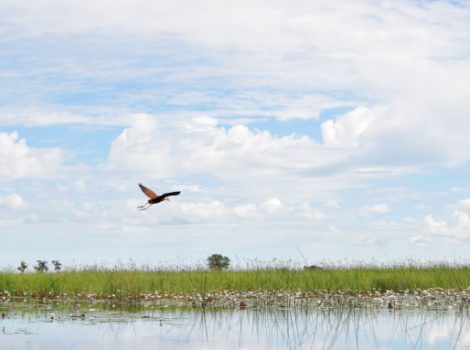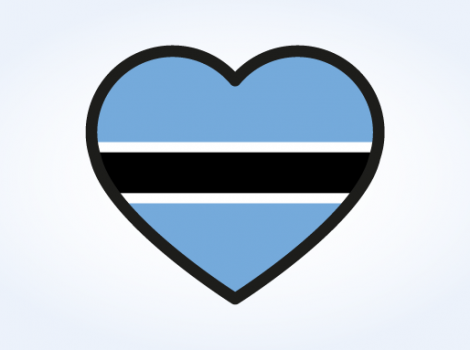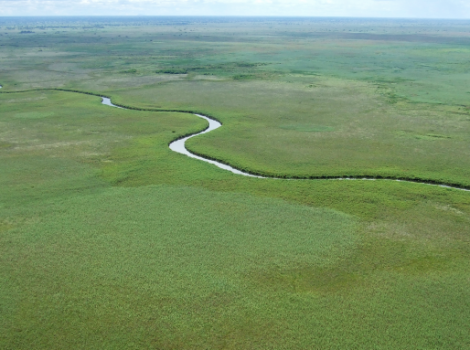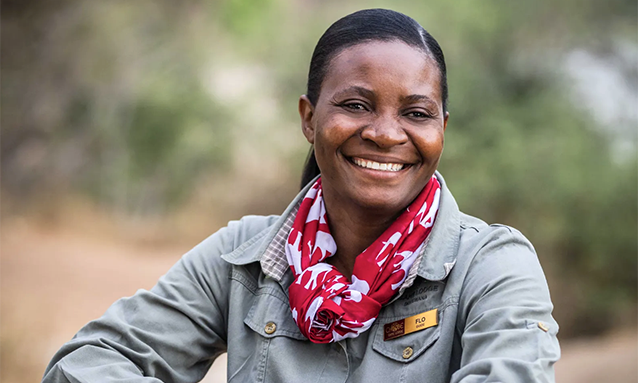
Known as the leader of Chobe Angels, Africa’s first all-female guiding team, Florence Kagiso leads safari expeditions from Chobe Game Lodge, inside Botswana’s Chobe National Park. Born and raised in Botswana’s Okavango Delta, she was one of Africa’s first female safari guides.
This interview is part of The World Made Local, a global collaboration between the seven international editions of Condé Nast Traveler in which 100 people in 100 countries tell the publication why their home turf should be your next destination.
Tell us a little about Botswana.
We have a small population at just over two million people, but the country’s size is quite large; in fact, it is roughly the size of France. It is a very peaceful place and a very diverse country that holds many natural resources. Most of it is covered in Kalahari Desert, but then you have the oasis of the Okavango Delta and Chobe River, and you almost can’t believe that these two opposites can be so close to each other—it makes travelling between them very exciting and a very special experience.
The sound of the animals makes me think of home. Either wild animals or even domestic animals like chickens and goats! In Botswana, our livestock roam the towns and villages. Pretty much everything you eat here is free range! That’s why we have some of the best-tasting beef in the world.
Then there is the smell of wild sage. Such a rugged plant that is able to grow in our sandy Kalahari soil and survives right through the long dry season. The smell of sage instantly makes me feel I’m in the Botswana wilderness.
Tell us about your connection to Botswana.
I love my country. We are a happy people, and we have such beauty in this country, from the people to the landscapes and the wildlife. The amazing thing is that I am an ambassador of that—being a safari guide in the Chobe National Park, which is home to the largest concentrations of elephants in Africa. In the Chobe region, the elephant population, at about 32,000, far outweighs the local human population. My role as a female guide allows me to represent my country and my heritage and show what makes us special.
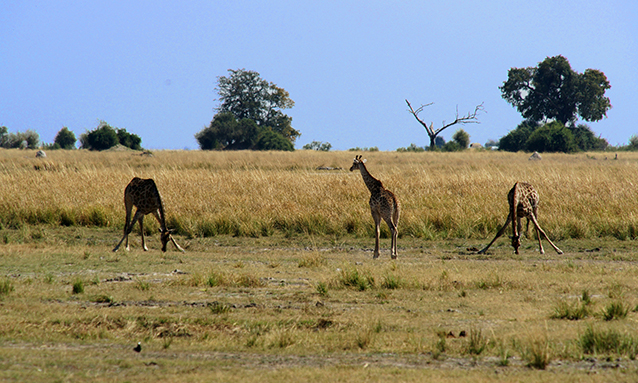
Beyond safari, what should we see, do, and eat in Botswana?
Walk down the street at the airport in Maun for sheds serving local food. You can get our local style of meat here, seswaa—pounded Botswana beef. If you are adventurous, you can try dried mopane worms.
Discovery Bed & Breakfast in Maun is a small bed-and-breakfast made with traditional huts. It’s a nice way to see what it is like in our traditional homes, and not many people know about it. If you are in Maun, you can also sit at the old bridge and watch the children fish with their hand lines in the river, and they bring their cattle and donkeys to drink.
The Chobe Enclave is a very interesting cluster of villages located along the famous Chobe River and very much worth a visit. Here, the mainly Subiya people live a very traditional lifestyle of fishing and growing crops, and they use traditional means to do so, such as baskets for sieving the sorghum grain. As the area is surrounded by the Chobe Forest Reserve, Chobe National Park and the Linyanti and Savute regions—all unfenced wilderness areas—they also have to contend with free-roaming wildlife, including lions and elephants, so have adapted their way of life. It is a fascinating area.
What is the one item we should shop for?
There is a great basket-weaving shop in Shorobe, just outside Maun; the women will make the baskets right there for you. There are also some great ones in Mabele village, near Kasane in the Chobe Enclave. It makes a great gift to take home.
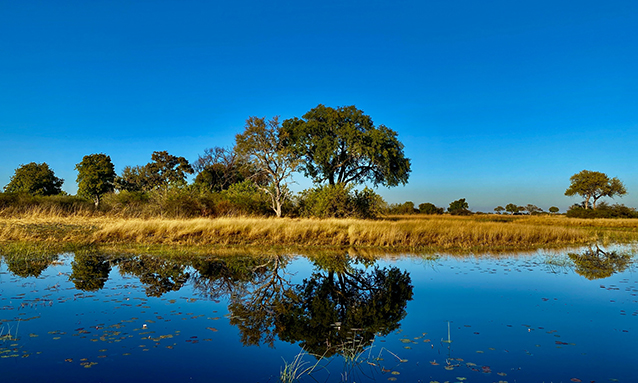
What is exciting about Botswana now?
The Botswana Government has just completed the Kazungula Bridge, across the only point in the world where four countries meet (Botswana, Namibia, Zambia, and Zimbabwe). The bridge is beautiful and will connect the regions very well for tourism and other local industries.
There are new experiences like sleeping outside on the Makgadikgadi salt pans—I want to do this so much! You go from Leroo La Tau and drive into the middle of the salt pans, where it is arid, and you can sleep out there under the stars with no tent, eating food cooked on the fire, and just be with your guide. That is something that can change your life. Even sleeping out under the stars in the Okavango Delta; I know Camp Okavango does this. That will change your life forever.
Where do you return to again and again?
My favourite spot is the Okavango Delta; the scenery out there is so humbling. But Chobe National Park is so close to being my favourite as well. It’s very beautiful, and at this time of year, where it starts to get a bit warmer, the concentration of wildlife is amazing—especially with the birds arriving. There is so much peace in the bush in Botswana; maybe that is why we are such peaceful people!
By ERIN FLORIO
http://www.cntraveler.com/story/botswana-florence-kagiso-locals-guide

